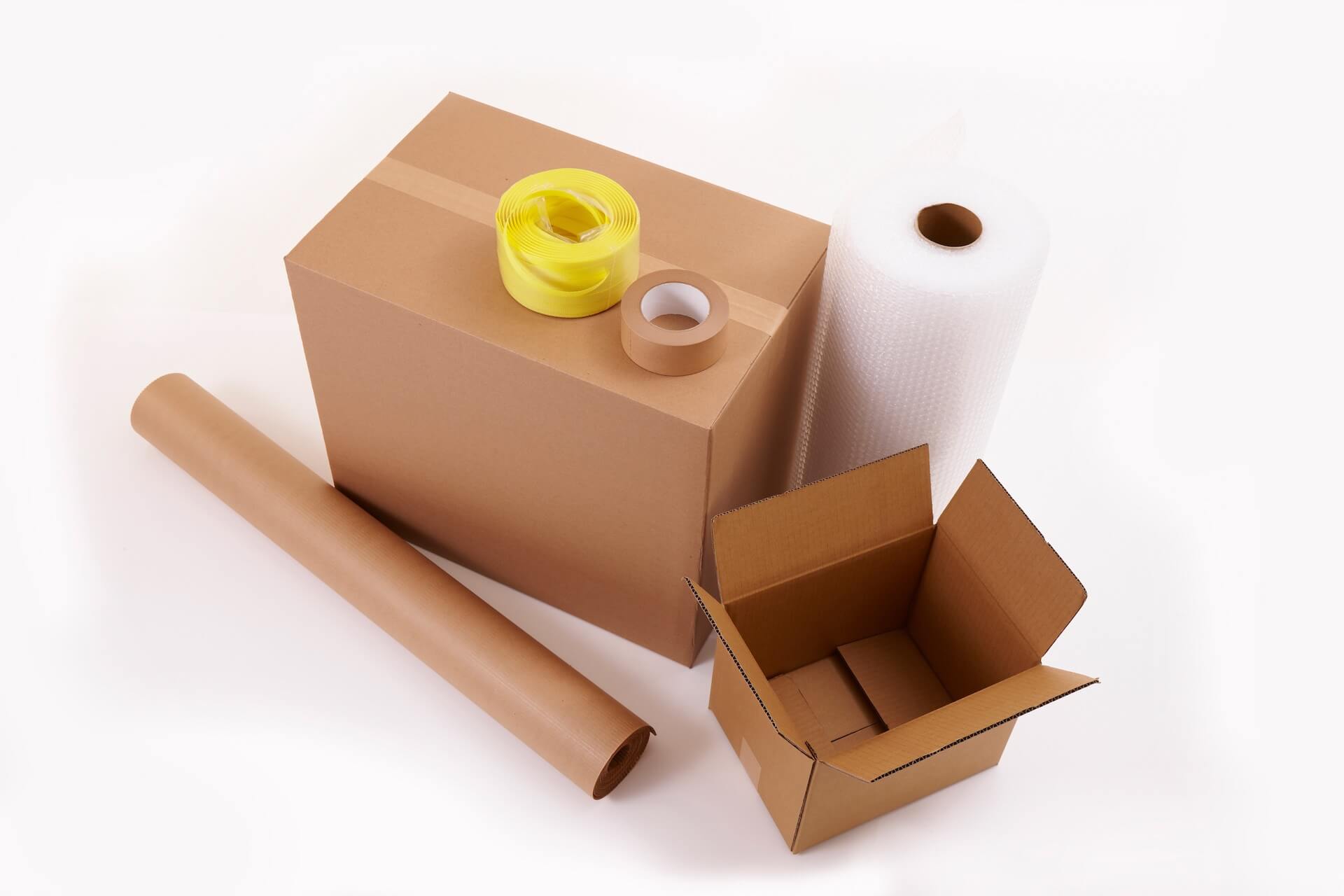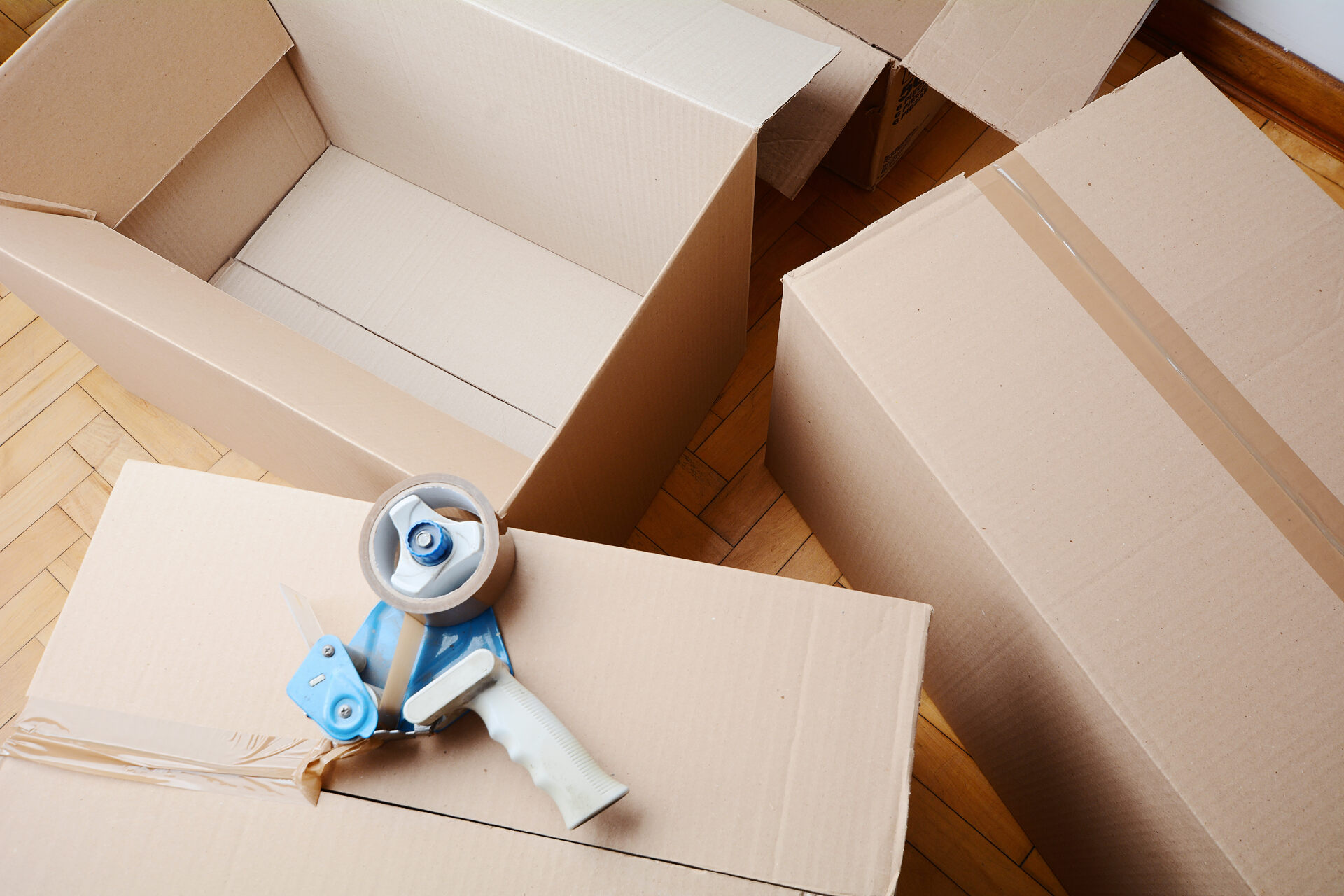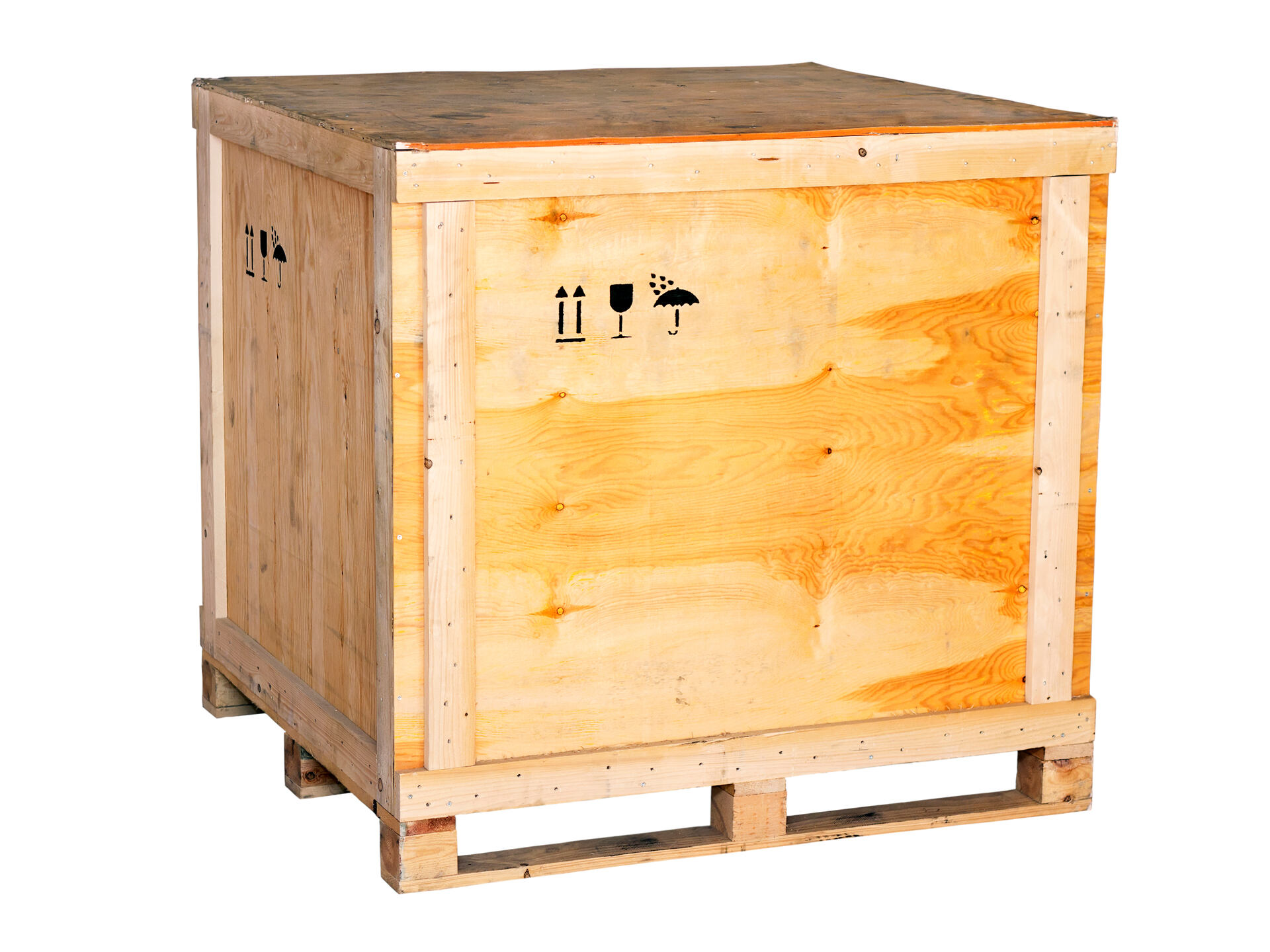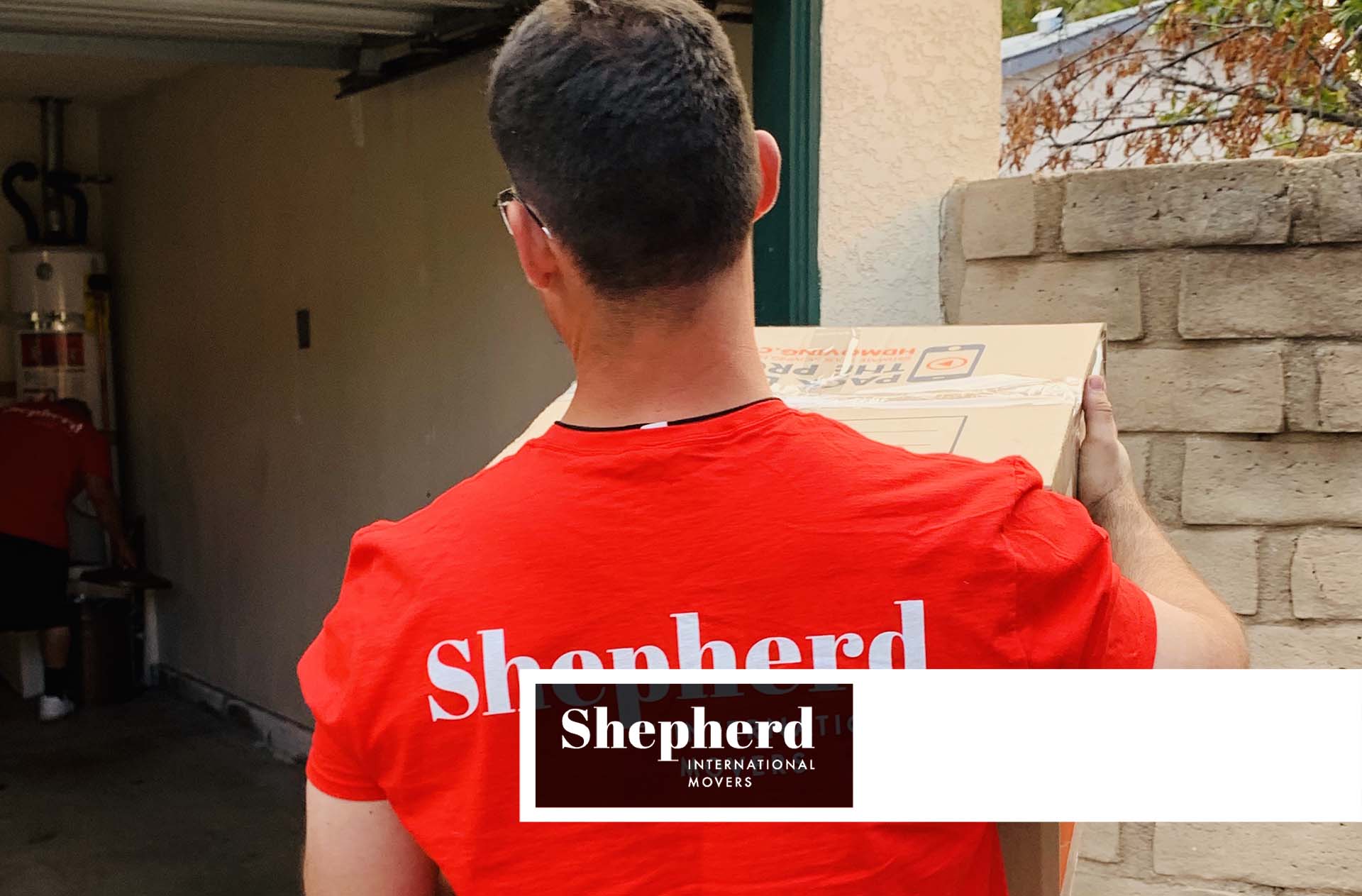

Start your global relocation journey with our guide on how to pack pictures for moving overseas. In just the first few lines, you’ll be introduced to essential strategies that ensure your precious photographs and artworks are transported safely and securely. This guide isn’t just practical – it’s a delightful adventure into the world of packing! Envision securing your cherished memories with both care and a touch of excitement.
How to Pack Pictures for Moving Overseas – The Easiest Way
Packing pictures for a move, especially when it’s across the globe, doesn’t have to be a daunting task. The easiest way to ensure you relocate efficiently is by following a few simple but crucial steps.
Firstly, invest in quality packaging materials like sturdy picture boxes, bubble wrap, and tape.
These relocation essentials form the foundation of the best way to pack for a relocation across the world.
Wrap each picture individually with bubble wrap, securing the corners extra carefully to prevent any damage.
For framed pieces, use corner protectors.
Then, place wrapped pictures in the boxes, filling any gaps with packing peanuts or crumpled paper to avoid movement during transit. Remember, preserving art during relocation is all about stability and cushioning.
What are the Risks for Pictures During International Moves
When moving abroad, pictures face several risks that can turn the excitement of a new beginning into anxiety about moving out. The primary concern is physical damage, such as scratches, tears, or shattering, especially in the case of framed artwork. Environmental factors like humidity, temperature fluctuations, and water damage during transit pose additional threats.
These pictures aren’t just objects. They are often irreplaceable memories and valuable investments. However, the journey overseas can be rough, with multiple handling points and changing storage conditions, making them vulnerable to various types of damage.
Why Is It Important to Properly Package Everything
Proper packaging is crucial to mitigate the risks associated with moving pictures internationally. Correct packaging acts as the first line of defense against relocation mistakes that can lead to damage.
By using the right materials and techniques, such as acid-free paper, bubble wrap, and sturdy boxes, the risk of scratches, breakage, and environmental damage is significantly reduced. This careful approach ensures that each item is protected from the rigors of transportation. It not only provides peace of mind but also preserves the integrity and value of the items being moved.

Select the Right Materials
Selecting the right packing materials is a critical step in the international relocation of valuables, including pictures and framed artwork. Ensuring that you have the appropriate supplies should be a top priority on your moving to-do list. The right materials not only keep the items secure but also prevent things from breaking. Finding them is easy, just search on Craigslist. Here is what you need:
- Sturdy picture boxes – Specifically designed to accommodate different sizes of artwork and frames.
- Bubble wrap – Provides excellent cushioning and protection against shocks and impacts.
- Packing paper or acid-free paper – Ideal for wrapping the picture surface to prevent scratches and protect against acid damage.
- Corner protectors – Essential for safeguarding the corners of framed pictures.
- Packing peanuts or foam – Useful for filling empty spaces in the box to prevent movement.
- Tape – Strong adhesive tape to securely seal boxes.
- Labels – To ensure handlers are aware of the delicate nature of the contents.
- Silica gel packets – To control moisture and prevent damage from humidity.
- Plastic wrap or sealable plastic bags – For additional protection against moisture and dust.

How to Prepare Pictures for Packing
Familiarize yourself with how to pack pictures for a move, which is a cornerstone in preparing for international movers. Begin by taking a detailed inventory of pictures and artworks, categorizing them by size, material, and fragility.
This systematic approach helps avoid last-minute moving confusion and streamlines the process. Next, allocate a dedicated area that is clean and spacious, allowing you to handle each picture with care. Gather all the necessary materials in advance, so everything is readily available, or contact Shepherd International Movers and have the company’s trained crew do it for you.
Cleaning and Pre-Packing Care
Before packaging items for moving across the world, a thorough move-out cleaning is vital. Begin by gently dusting each picture and frame, ensuring no loose particles or dirt can cause scratches during transportation.
For framed photographs, clean the glass with a suitable cleaner and a soft cloth, being careful not to damage the frame or the picture itself. For canvases, use a soft, dry brush to remove dust. After cleaning, remove pictures from the walls, taking care to keep all fixtures, like screws and hooks, together for easy reassembly.
How to Disassemble Frames and Canvases
Disassembling frames and canvases is a critical step to make moving easier and ensure that your artwork is relocated safely. Start by laying the framed picture on a flat, cushioned surface. Carefully remove the backing, usually held in place by clips or screws. Gently lift the picture and the glass out of the frame, handling them with utmost care.
For canvases, if they are stretched over a frame and can be easily removed without damage, do so. Otherwise, leave them on the stretcher bars. Once disassembled, wrap each component separately – the glass, frame, and picture or canvas. Use bubble wrap or acid-free paper for the picture or canvas, and put cardboard or additional bubble wrap on the glass.

Wrapping Techniques for Different Types of Pictures
When preparing for a move to another country, it’s crucial to understand the nuances of wrapping various kinds of pictures. For instance, framed pictures need different handling than unframed ones.
Using the right materials like bubble wrap, acid-free paper, and sturdy boxes is key. Each type of picture should be wrapped in a way that protects its most vulnerable parts, like glass covers or delicate edges. The approach should cater to the individual needs of each item, ensuring they withstand the journey and arrive in pristine condition.
Securing Framed Pictures
What’s the best way to pack picture frames? Begin by placing corner protectors on each corner of the frame. This is a crucial step and should be included in your packaging list to ensure the frame’s edges are safeguarded against impacts. Next, wrap the entire framed picture in bubble wrap, ensuring that the entire surface, including the corners, is covered and cushioned.
Secure the bubble wrap with tape, but be careful not to tape directly on the frame to avoid damage. After wrapping in bubble wrap, add a layer of foam wrap for extra protection, especially if the frame has glass.
Finally, place the wrapped item in a picture box that closely fits its size, filling any gaps with packing peanuts or crumpled paper to prevent movement.

What to Do With Unframed Pictures and Canvases
When moving delicate possessions like unframed pictures and canvases internationally, extra care is required. Start by wrapping the artwork in acid-free paper, which prevents any chemical interaction that could damage the picture. For added protection, especially for canvases, use a layer of bubble wrap over the acid-free paper.
Ensure the bubble wrap covers the entire surface and is secured with tape. For larger canvases, consider using a cardboard sandwich technique, where the canvas is placed between two pieces of cardboard and then wrapped. This method offers additional rigidity and protection.
How to Pack Multiple Pictures in One Box Without Causing Damage
When it comes to figuring out how to pack large pictures for moving, especially multiple pieces in a single box, the key is meticulous organization and strategic cushioning. Wrap each picture in bubble wrap, ensuring all corners and edges are thoroughly protected. For extra safety, you can sandwich each wrapped picture between two pieces of cardboard cut to size.
This step is crucial for preventing direct contact between the pictures and adding an extra layer of rigidity. Once each picture is securely wrapped, select a box that can accommodate the size of the largest picture while leaving enough room for padding.
Place the heaviest picture at the bottom and continue layering, ensuring that each piece is separated by a buffer of bubble wrap or foam sheets. Then, fill any remaining gaps in the box.

Why Should You Hire International Movers?
Hiring an international moving company for an international relocation is a decision that can significantly ease the stress and complexity of the process, particularly when it involves transporting pictures and other belongings.
These companies offer specialized packing services, ensuring that each item, be it fragile pictures or a bulky furniture piece, is handled with the utmost care. Investing in moving services by sea and air through a professional mover means leveraging their experience and resources for safe and efficient transit.
For pictures that require precise handling and specific packaging methods, a professional packing service is a good choice. So, don’t miss an opportunity to make this packaging process much easier, as all you’d have to do is prepare for movers.
Benefits of Requesting Custom Crating
Requesting custom crating for paintings and other fragile items is an excellent strategy for ensuring their safety during international relocation. Custom crating involves creating made-to-measure wooden crates that provide robust protection tailored to each item’s specific dimensions and fragility.
This is particularly beneficial for paintings, sculptures, and other art pieces, as these crates can be lined with shock-absorbent materials and designed to prevent any movement or shifting.
Custom crating also offers an additional layer of security, as these crates are more difficult to tamper with, reducing the risk of theft or damage. Investing in custom crating for anything valuable ensures that your most precious belongings are given the highest level of protection.

Pick the Movers That Will Have Your Best Interest at Heart – Shepherd International Movers
Choosing the right movers is paramount for a successful relocation, especially when it involves specialized picture or art handling and shipping. Shepherd International Movers stands out as a company that truly has your best interests at heart. With our expertise in safely transporting valuable art pieces and personal belongings across borders, you can rest assured that your items will be treated with the utmost care and professionalism.
Our dedicated team understands the intricacies of international moving, ensuring that every step, from packing to transportation, is handled seamlessly. If you’re looking for a moving company that combines expertise in art handling with a commitment to customer satisfaction, contact us.
FAQ
What Is the Best Material to Use for Wrapping Framed Pictures?
The optimal material for wrapping a framed picture is bubble wrap. This provides cushioning and protects against impacts. Additionally, using corner protectors is recommended to safeguard the frame’s edges.
What Should I Do if My Pictures Are of Unusual Sizes or Shapes?
For a picture that is unusually sized or shaped, custom crating is advisable. Tailor-made crates can accommodate any dimensions and provide the necessary protection during transit.
Can I Pack Pictures With Glass Frames, and How Do I Protect the Glass?
When dealing with glass frames, it’s essential to first tape an ‘X’ across the glass with masking tape to prevent shattering. Then wrap the entire frame in bubble wrap and use a layer of cardboard for additional protection.
How Should I Label the Boxes Containing Photographs?
Boxes containing photographs should be labeled with ‘Fragile,’ ‘Handle with Care,’ and ‘This Side Up’ to alert handlers to the delicate nature of the contents.
What Kind of Insurance Should I Consider for Moving Photos Internationally?
Opt for comprehensive transit insurance that covers damage and loss. This is particularly important for international moves where risk exposure is higher.
In case of damage upon arrival, document the condition of the pictures with photographs. Report the damage to the moving company and insurance provider immediately.
How Can I Ensure That My Pictures Are Protected From Humidity and Temperature Changes?
Use silica gel packets inside the boxes to absorb moisture. Ensure that the storage and transit environment is climate-controlled to mitigate temperature and humidity fluctuations.
Are There Any Specific Packing Techniques for Antique or Highly Valuable Paintings?
Antique or highly valuable paintings should be packed using acid-free paper, followed by a layer of bubble wrap. Custom crating with padded interiors is recommended for additional security and protection.








